The First-Time Gardener: Growing Vegetables: All the know-how and encouragement you need to grow – and fall in love with! – your brand new food garden (The First-Time Gardener’s Guides, 1)
$12.99
Price: $12.99
(as of Jun 27,2025 23:47:34 UTC – Details)
From the Publisher

Thank you for allowing me to be your teacher and guide on your journey to becoming a vegetable gardener!
As the years have passed and my harvest baskets have seen overflowing bounty, I’ve found another passion in the garden: I love encouraging other people to take the first step of their food-growing journey. Planting the love of gardening in the hearts of others is almost as thrilling to me as tucking seeds into the soil. Seeing a harvest of gardeners gushing over their successes and overcoming their failures brings me almost as much joy as a basket full of sun-warmed tomatoes sitting on my kitchen table.
There are few things in life quite as thrilling and rewarding as a seedling breaking through the soil, tiny fruits forming on plants, and a plate of food that you grew yourself. This will be a journey, and you will never fully arrive. The garden is a continual classroom for anyone who is determined to be a continual student. For this first stage of your journey, it is my great honor to be your teacher.
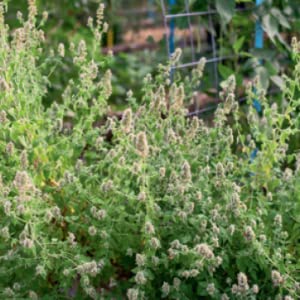
PERENNIALS
The term perennial literally means “through the years.” Perennial garden plants are plants that live longer than two seasons. They may be hardy enough to withstand the winter, or their tops may die back and grow again the following year from dormant tubers or bulbs. Either way, if a plant can live for more than 2 years in your garden, it is called a perennial.
The average low temperature in your area will determine which plants are called perennials. In very warm growing climates, pepper plants grow taller than men and produce year after year. They are perennials. In any garden that sees a winter freeze, however, peppers have to be planted year after year because they die every winter. In my garden, peppers are annuals. Most of the plants commonly planted in vegetable gardens are treated as annual plants. They are started, grown, harvested, and removed within one growing year.
There are some perennial plants that deserve a place in the food garden, though. Establishing a place for these in your first garden is a worthy investment. Since they keep coming back year after year, the sooner you get them planted, the sooner and longer you’ll be harvesting from them.
Plant perennials in an area where they will be able to stay for years. A good established bed of perennials can come back for decades, so putting these in the center of your vegetable garden may not be the best idea. Give them their own space. Every fall, as the plants brown and dry, cut them down and cover the ground with 3 inches (7.6 cm) of mulch.
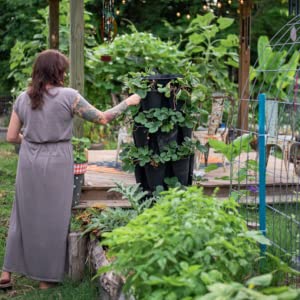
Why Creating a Captivating Garden Space Matters
There’s another reason why I encourage a diversely planted garden that is full of living, buzzing things.
Over my years of teaching people about gardening, I’ve learned that there is one single most important mindset to establish. It may sound silly at first, but I’ve watched many new gardeners blossom when they embrace this stance: You have to fall in love with your garden.
Passion about the garden, a drive to grow food, interest in what is growing, and an overall sense of desire to be in the garden you create will overcome any struggles or discouragement you may face. If it doesn’t become something you enjoy, hot summer days, persistent pests, and dread of the physical demand will steal your harvest.
These tips may seem whimsical at first, but I call them “insurance against yourself.” Putting these things in place at the start of the season, when you are excited and motivated to garden, means that you will still be invested when the hard work or problems come along.
I love when I get to meet people at conferences and conventions and the first thing they do is show me photos of their garden spaces. I know then, these are not just people who decided to try and grow food. These are people who put effort into creating a garden and loving it well. I know these are gardeners who will not easily give up.
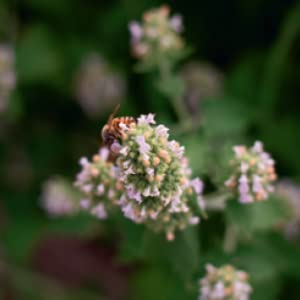
Organic versus Conventional Methods
I am an organic gardener, and the methods taught in this book are natural growing methods. I did not always garden organically. I, like many other new gardeners, used the products that were marketed to gardeners without realizing I was putting harmful toxins on the food I was growing for my family.
The first year I resolved to use only organic methods, I was amazed at how much life I observed in my garden. I would sit out in the mornings, snacking on food I’d just picked off the vine, and watch the butterflies and bees congregate on the zinnias. Seeing how much the ecosystem of my garden thrived without regular applications of harmful chemicals and seeing my kids snack on food without concern about what might be on it, I realized just how much healthier my food and garden would be if I swore off the toxic pesticides for good. That is when I became an organic gardener.
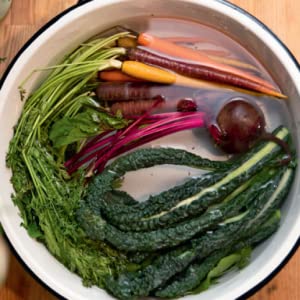
Soaking The Heat Off
Years ago, an older gentleman shared this harvesting tip while we chatted in line at a store. I didn’t catch his name, but I’ve carried his wisdom with me since then—and it has perked up many of my harvests.
If you harvest anything, specifically if you harvest later in the afternoon when the sun is up and the water content in your plants may be low, you may notice quick wilting. This applies to any vegetable you are picking, such as leafy greens and root vegetables, or fruits like cucumbers and peppers. Simply fill a sink or bowl with cool water and soak your harvest for 20 to 30 minutes.
The nameless old man called this “soaking the heat off.” I feel like more scientifically, this soak is simply rehydrating the parts of the plants you’ve picked. Much like putting cut flowers in a jar of water allows them to stay fresh longer, the soak gives fruits and vegetables a boost of water before they go into storage.
After soaking, gently dry them and use or store.
Publisher:Cool Springs Press; Illustrated edition (March 2, 2021)
Language:English
Paperback:176 pages
ISBN-10:0760368724
ISBN-13:978-0760368725
Item Weight:1.35 pounds
Dimensions:7.95 x 0.8 x 9.9 inches

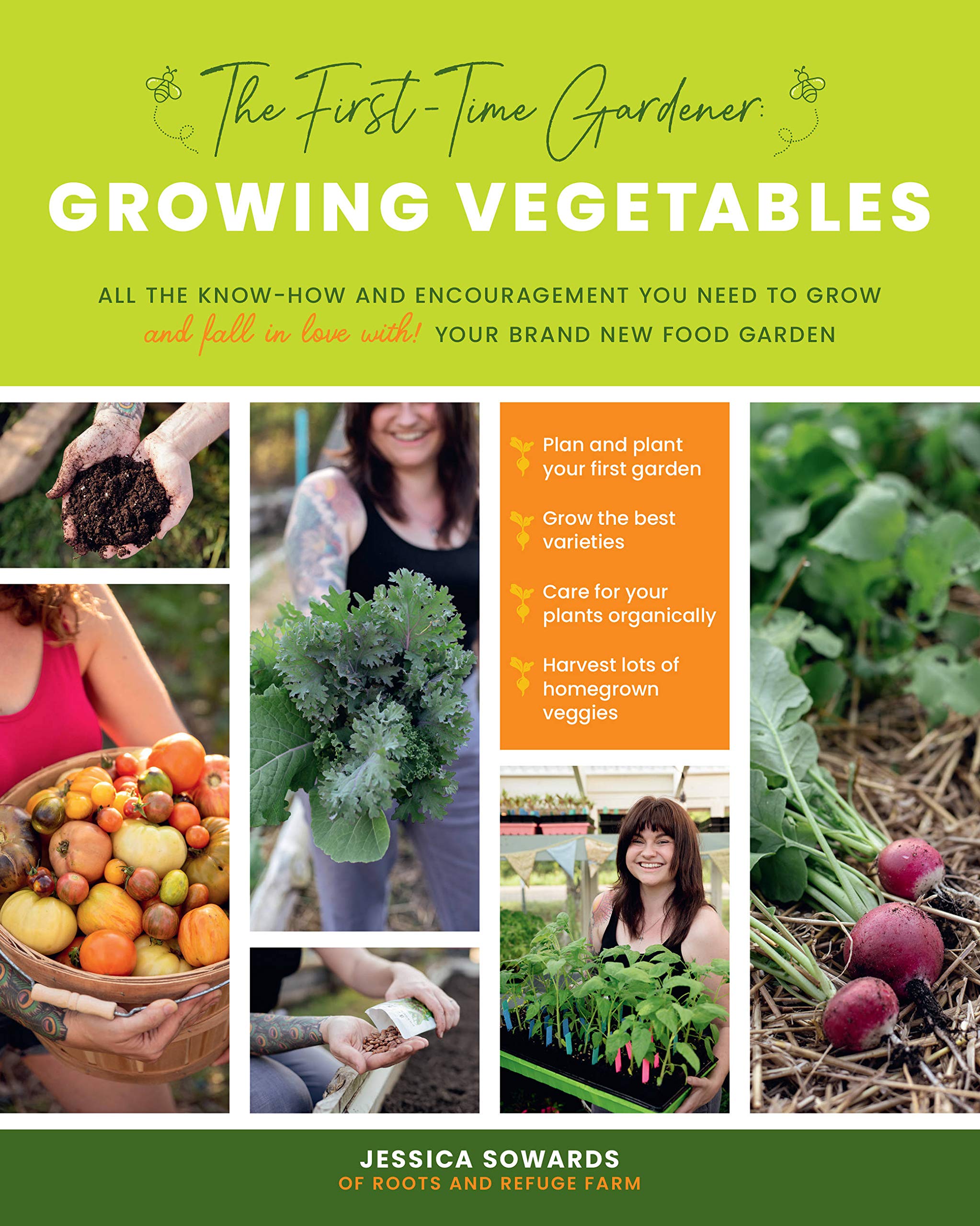





There are no reviews yet.